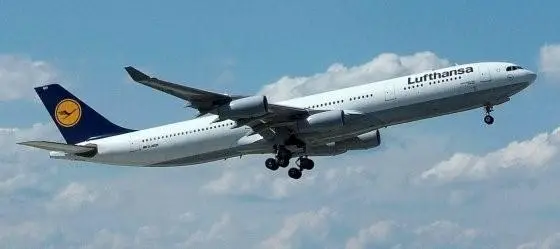A well-planned travel strategy is essential for managing corporate travel costs effectively. It addresses policies, compliance, vendor relationships, and employee experience. In global business environment, a strong travel strategy ensures organizations can balance budgets, streamline processes, and keep travelers safe.
Policies outline booking rules, expense limits, and preferred vendors. They ensure consistency and control costs.
Digital expense tracking offers visibility into travel spend. It reduces errors and speeds up reimbursement.
Preferred vendor agreements help secure lower rates for flights, accommodations, and transportation.
Ensuring traveler safety is a priority. Policies should address risk management, emergency procedures, and compliance with local regulations.
A centralized system standardizes booking and improves policy compliance. It also simplifies reporting for finance teams.
Implementing a strong travel strategy benefits the organization in several ways:
When developing a travel strategy, different policy approaches may be considered. This table outlines common methods:
| Policy Type | Advantages | Drawbacks |
|---|---|---|
| Strict Policy | Ensures high compliance and cost control | May reduce flexibility and impact employee satisfaction |
| Flexible Policy | Allows for personalization and flexibility | Can lead to increased expenses if not monitored closely |
| Hybrid Policy | Balances control and flexibility, often ideal for diverse teams | Requires careful planning and regular updates |
Establish what the travel strategy should achieve. This could include cost savings, improved compliance, or enhanced traveler experience.
Analyze current travel expenses and identify trends. This helps pinpoint areas for potential savings.
Create guidelines for booking, spending, and vendor selection. Ensure policies are clear and enforceable.
Select tools for booking, tracking, and reporting. Digital solutions streamline processes and improve data visibility.
Maintaining compliance with travel policies is critical for a robust travel strategy. Here are key methods to enforce compliance:
| Method | Effectiveness | Implementation Tips |
|---|---|---|
| Automated Alerts | High | Set alerts for policy breaches in the booking system |
| Regular Audits | Medium | Review travel expenses quarterly to identify non-compliance |
| Employee Training | High | Provide training sessions to ensure employees understand policies |
Technology streamlines travel management and provides valuable data insights. Essential tools for a robust travel strategy include:
A successful travel strategy requires employee buy-in. Engaging employees can improve compliance and overall satisfaction. Here are ways to achieve this:
Ensure employees understand the travel policy and its purpose.
Allow employees to share feedback on travel policies to refine guidelines.
Reward compliance with small incentives or recognition.


Mailing list
Sign up if you would like to